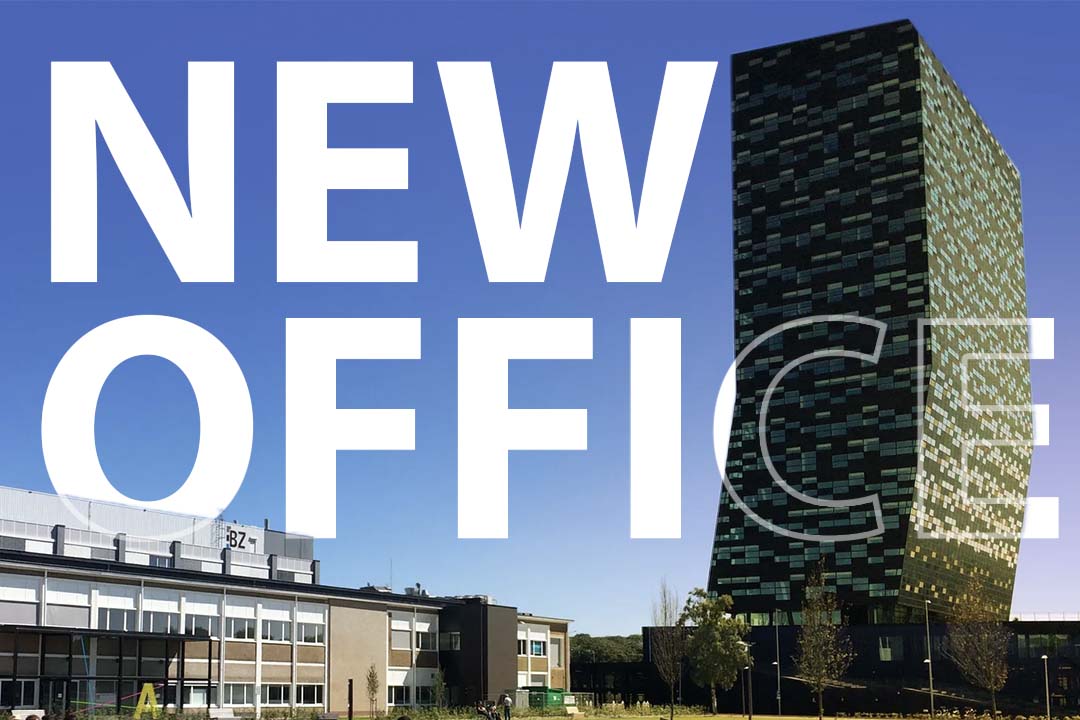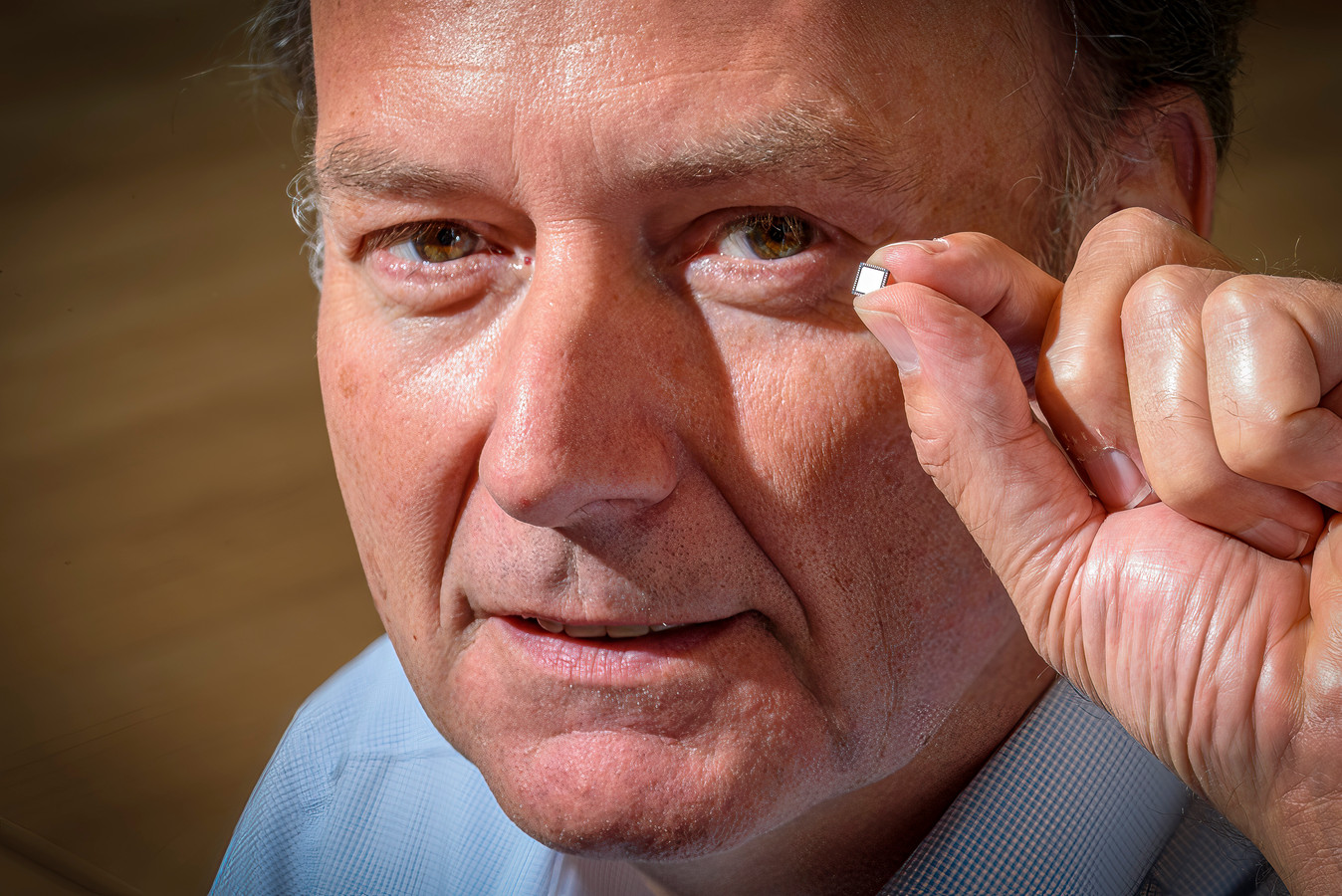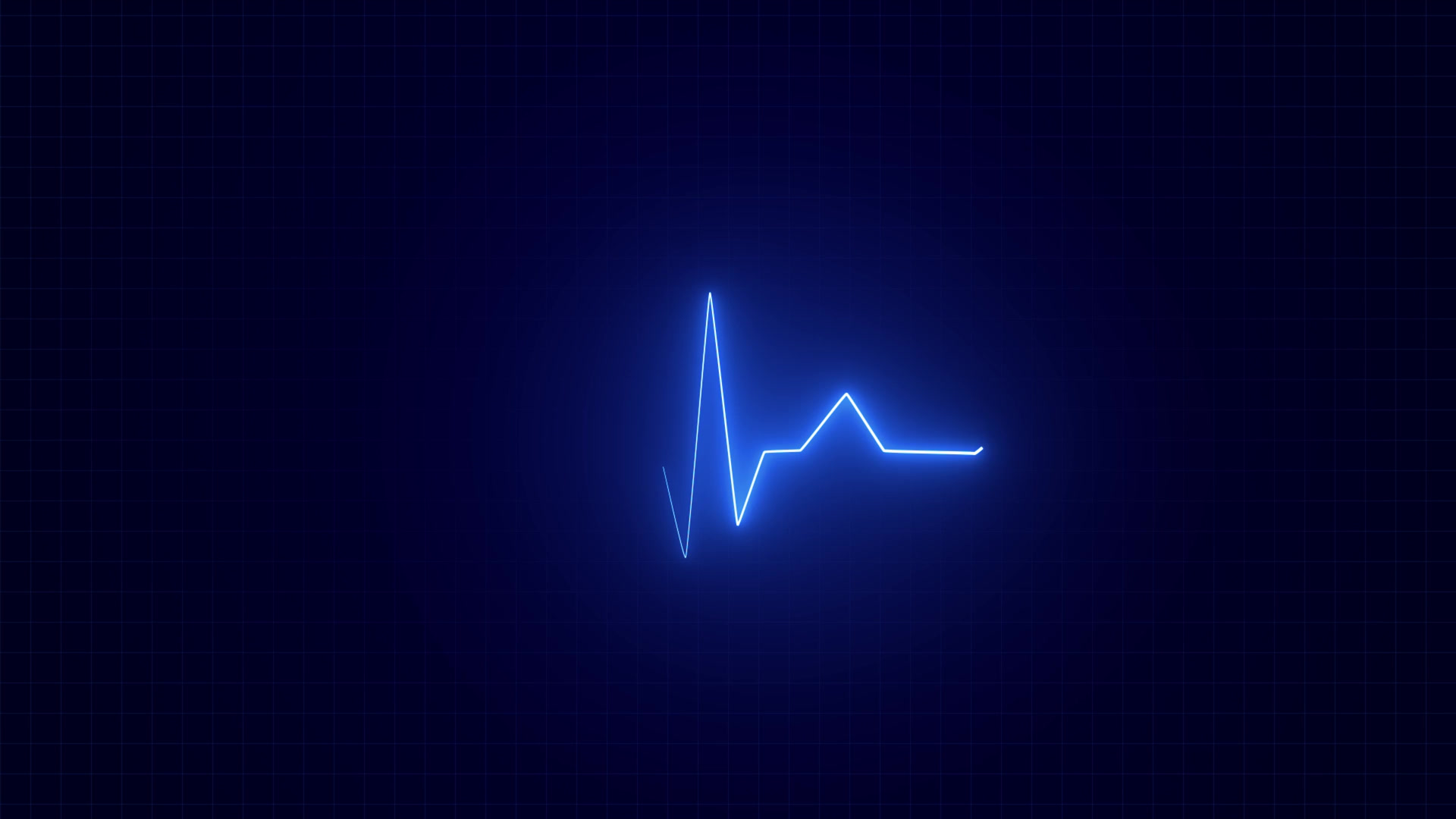
The rise of next-gen wearable ECG/EKG biosensors: applications for remote monitoring.
“The most deadly disease truly is the failure of the heart,” that’s what Oscar Arias stated. And there is something to say about this because cardiac diseases are the current number one reason for death worldwide. The heart is always a vital organ in the human body, and throughout history people have tried various methods to treat those heart-related symptoms.
1. The long history of cardiac treatment
The early Egyptians who lived around 1550 B.C., already knew that the heart was important and powerful. Written in papyrus they stated that pain in the breast on the side of the heart suggested that there was something wrong with the function of the body and that death was nearby.
Where the early Egyptians threaten heart problems with herbs and beer, physicians in the Middle Ages believed that heart diseases were caused by an imbalance of bodily fluids, and bleeding was thought to restore this balance. Due to their limited understanding of the heart, treatments were often ineffective and sometimes even harmful.
That heart problems were caused by an imbalance in body fluids was debunked in the 18th century. Luigi Galvani, an Italian physician, discovered bioelectricity in 1767 during experiments with frogs. He noticed that the frog’s leg vibrated when touched by a metal object as a result of electricity produced by the muscle tissue. This discovery was important because it demonstrated that living organisms were capable of producing electricity. This work laid the foundation for electrophysiology.
But the biggest breakthrough in the history of bioelectricity occurred in 1901. In that year, Dutch physiologist Willem Einthoven invented the first electrocardiogram (ECG/EKG) that could be used on the human body. A machine consisted of a series of wires and sensors attached to the patient’s arms, legs, and chest, which would record the electrical activity of the heart on a moving strip of paper. His invention revolutionized the study of cardiac physiology and allowed doctors to diagnose various heart conditions, including heart attacks, arrhythmias, and heart blockages.
Since Einthoven’s invention, ECG technology has continued to evolve. Today, ECGs are the standard diagnostic tool used in hospitals and clinics worldwide. In the next section, we will take a closer look at the different devices and applications that are used today to measure ECG.
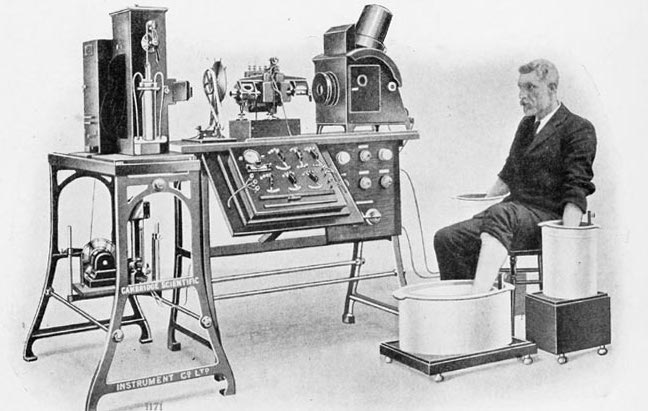
First electrocardiogram (Einthoven, 1901)
2. ECG Applications in the current medical world.
Since Einthoven’s invention, ECG technology has continued to evolve. Today, ECGs are the standard diagnostic tool used in hospitals and clinics worldwide. In the next section, we will take a closer look at the different devices and applications that are used today to measure ECG.
- Event Monitoring
- Holter Monitoring
- Wearable Patches
- ECG Software
Event Monitoring
An ECG monitoring device is a medical device used to continuously monitor a patient’s heart activity. The monitor is usually worn by the patient for a period of time, usually several days to several weeks.
The device consists of electrodes attached to the patient’s chest and a monitor that displays the patient’s heart activity in real time. The electrodes are connected to the monitor that continuously records and displays the patient’s ECG waveform.
The device can also be configured to trigger alarms when it detects abnormal heart rhythms or other cardiac events. This allows caregivers to quickly respond to changes in the patient’s heart rhythm and intervene if necessary.
Although ECG monitoring devices have long been the norm, today they come with drawbacks. These include limited recording time, discomfort, discomfort or irritation of the electrodes, mobility limitations and the possibility of false alarms.
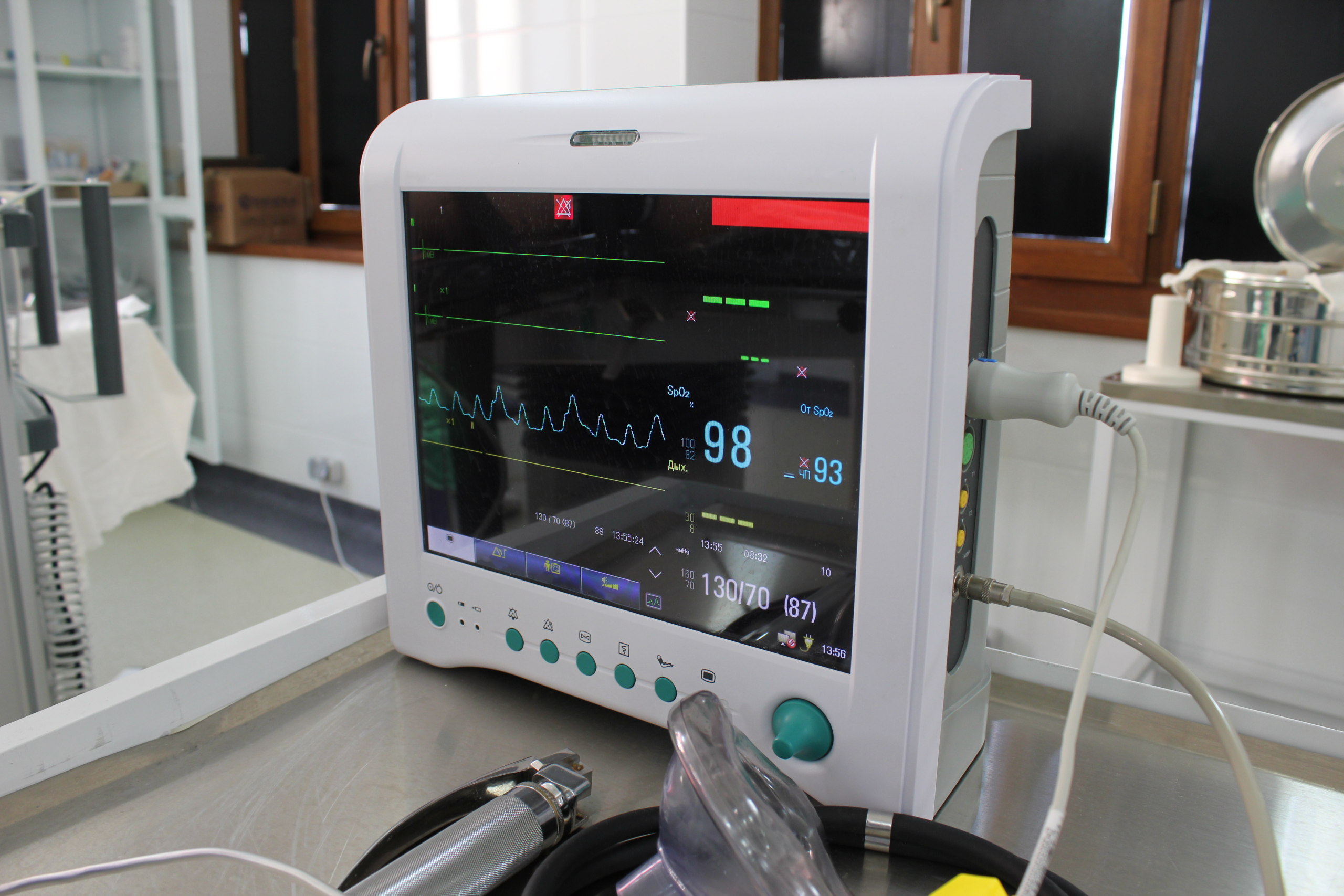
Example of an event monitoring device
Holter Monitoring
An ECG Holter monitoring device is a portable medical device that is used to monitor a patient’s heart activity over a period of time, typically 24-48 hours. It is used to detect and diagnose cardiac conditions and in contrast with inpatient monitoring, Holter monitoring is a type of remote monitoring that is done out-of-the-hospital.
The device is small and lightweight, and it is worn by the patient like a small backpack or pouch. It consists of electrodes that are attached to the patient’s chest and connected to a small recording device. The device continuously records the patient’s ECG waveform, capturing data on the heart’s electrical activity over the monitoring period.
The patient is instructed to go about their normal activities during the monitoring period, allowing the device to capture data on their heart activity during various physical and emotional states. The device stores the data, which can be downloaded and analyzed by a healthcare provider to detect any abnormal heart rhythms or other cardiac events.
ECG Holter monitoring is a non-invasive and painless procedure that allows healthcare providers to obtain a more comprehensive picture of a patient’s heart activity over time. It is typically used to diagnose conditions such as arrhythmias, palpitations, and unfainting.
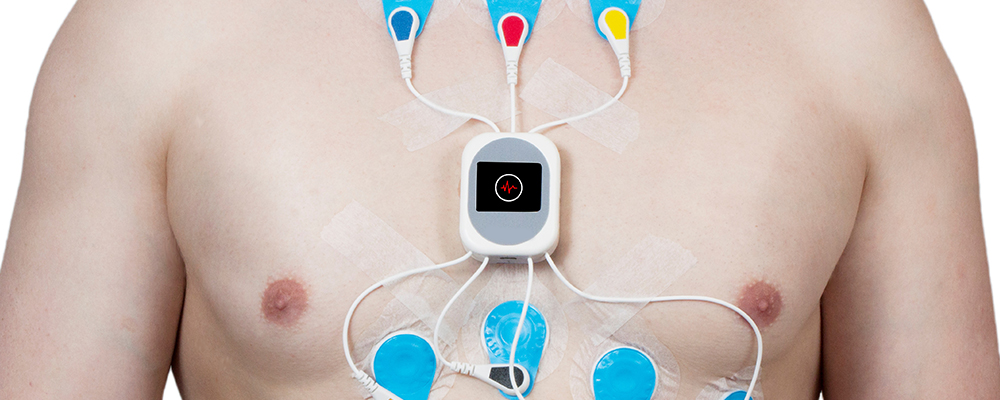
Example Holter monitoring device
ECG Wearable Patches
An ECG wearable patch is a small, lightweight device that is attached to the patient’s chest and continuously records their heart activity over an extended period of time, typically up to 14 days. The patch is designed to be worn comfortably on the skin, allowing patients to continue their normal daily activities while the device records their heart activity.
The ECG wearable patch works by using multiple electrodes that are attached to the patient’s chest to measure the electrical activity of the heart. The device stores the recorded data, which can be downloaded and analyzed by healthcare providers to detect any abnormal heart rhythms or other cardiac events that may have occurred during the monitoring period.
Compared to Holter monitoring, which typically lasts for 24-48 hours, the longer duration of monitoring with the ECG patch allows for a more comprehensive record of the heart’s activity. Additionally, the ECG patch is smaller and more comfortable than a Holter monitor, making it more convenient for patients to wear.
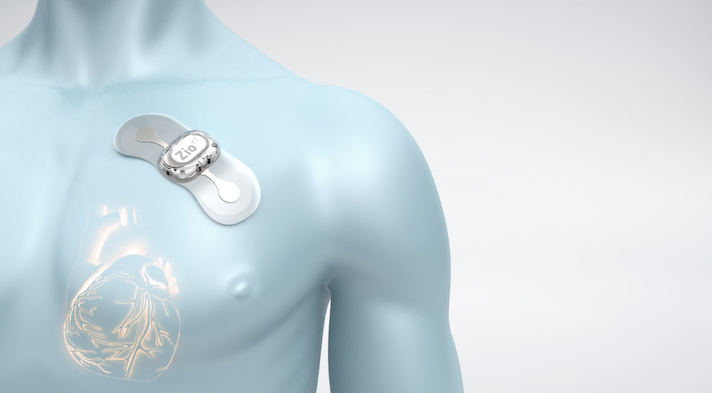
Example Wearable Patch (ZIO, 2023)
ECG Software
An ECG software application is designed to analyze and interpret electrocardiogram (ECG/EKG) data. These applications are used by healthcare providers to interpret the results of ECG tests and diagnose various cardiac conditions.
ECG software applications work by analyzing the electrical activity of the heart, which is recorded by the ECG machine. The software can identify different parts of the ECG waveform, such as the P wave, QRS complex, and T wave, and measure their durations, amplitudes, and shapes. This information is then used to determine the heart rate, rhythm, and other parameters that can help diagnose various cardiac conditions.
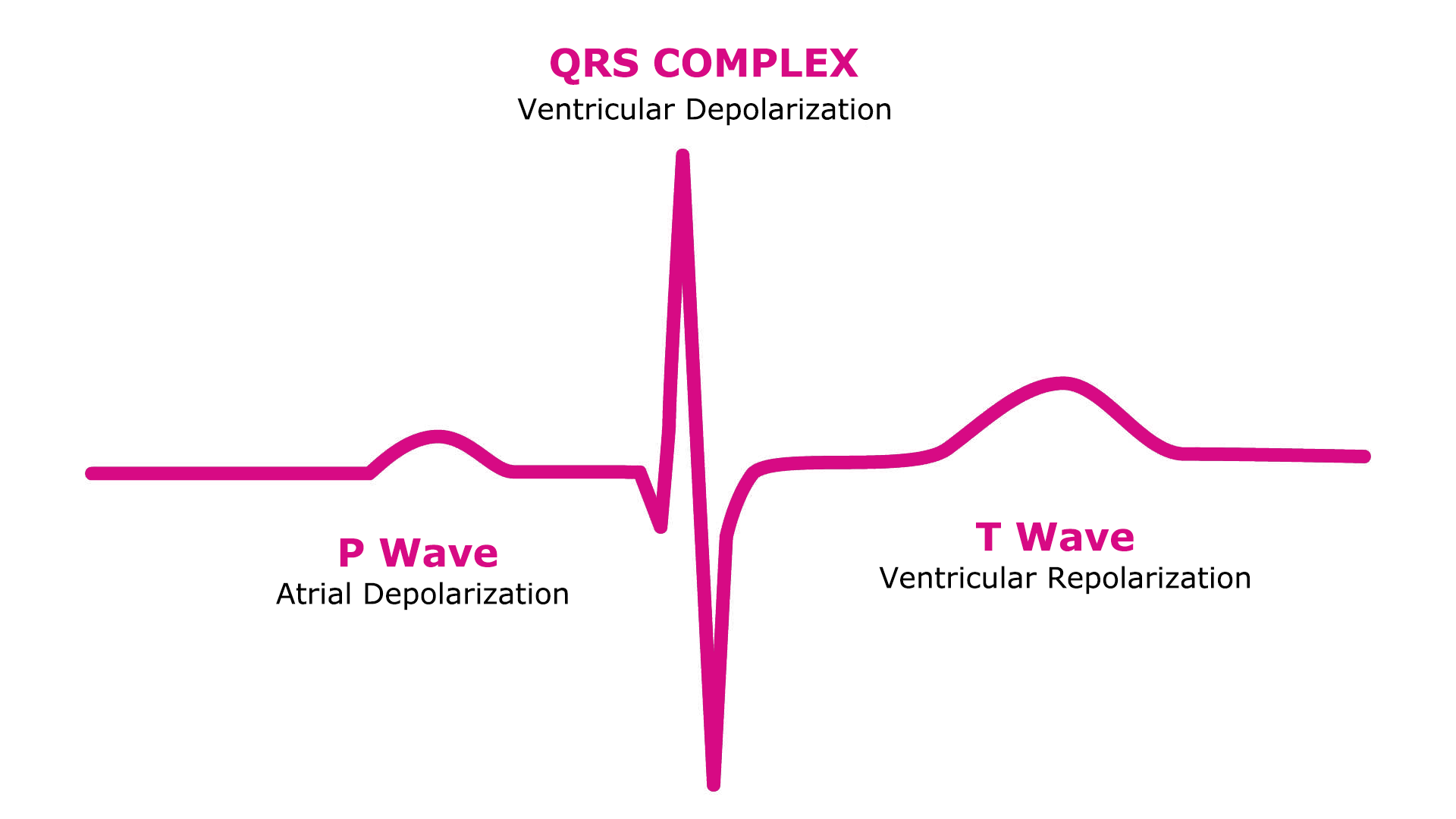
Structure ECG waveform
Some ECG software applications also have algorithms that can automatically detect and classify abnormal ECG patterns, such as arrhythmias or ischemic changes. The benefits of using algorithms in ECG software applications include increased accuracy and efficiency of ECG analysis, improved patient outcomes, reduced variability in ECG interpretation, and reduced healthcare costs.
By providing a consistent and objective approach to ECG analysis, algorithms can help healthcare providers make more accurate diagnoses, develop more effective treatment plans, and minimize the need for additional diagnostic tests and procedures.
3. What will the future bring?
In the future, ECG technology is expected to continue to evolve and become more integrated with other health monitoring technologies. Artificial intelligence and machine learning algorithms will play an increasing role in ECG analysis, improving the accuracy of ECG interpretation and enabling faster and more precise diagnosis of cardiac conditions.
Advancements in ECG technology are also expected to enable more personalized and preventative healthcare, with patients able to monitor their heart activity remotely and receive early warnings of potential cardiac issues. This could ultimately lead to earlier interventions and better outcomes for patients with cardiac conditions.
Overall, the future of ECG technology is promising, with the potential to revolutionize the way cardiac conditions are diagnosed and managed and to improve patient outcomes and quality of life.
Share this article
Follow us
A quick overview of the topics covered in this article.



